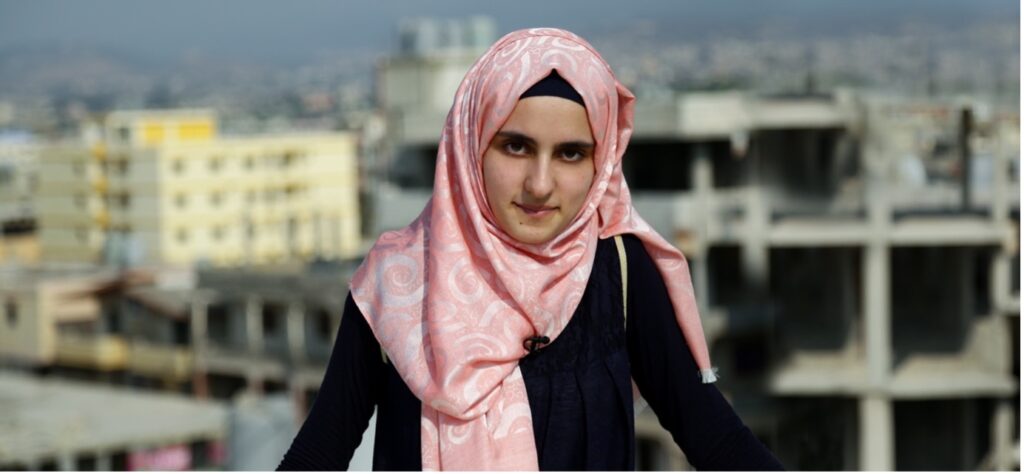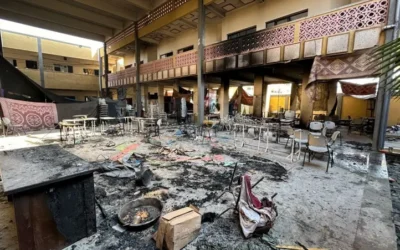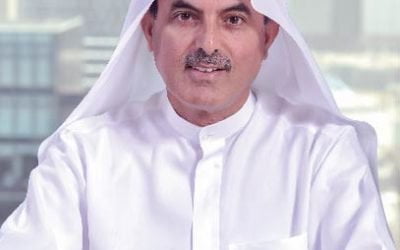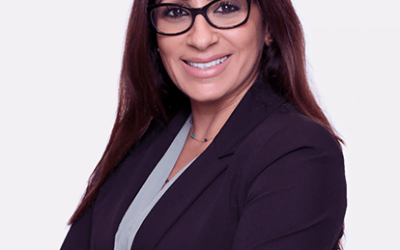Educating refugees: learning the hard way
For refugees, humanitarian aid is crucial. Support for education, however, often falls through the cracks. Four leaders in this field argue that without more coherent support at the tertiary level, the region stands to lose its brightest agents of change.
Around the world, Syria’s swelling refugee crisis continues to dominate global headlines. Yet a quieter catastrophe is unfolding in its wake. Of the 4.8 million people who have fled conflict in the Arab state, tens of thousands are young Syrians whose university years have come to an abrupt halt – and with them, their hopes for the future.
Prior to the conflict, Syria’s youth were among the region’s brightest, with a secondary school completion rate of 74 per cent. A quarter of those aged 18 to 22 were pursuing higher education. Today, less than six per cent are enrolled in universities. A similar story plays out among Iraqi, Palestinian and Yemeni refugees, all uprooted by unrest: less than one per cent are thought to have access to tertiary education.
“There is very little in the way of help for refugee youth,” says Maysa Jalbout, CEO of the Abdulla Al Ghurair Foundation for Education (AGFE). “The problem has been magnified with Syrian refugees, but has been there for a long time. The education ecosystem for refugees is broken.”
In part, this reflects the protracted nature of humanitarian crises. The conflict in Syria is now in its sixth year, and is the biggest global driver of refugees. Aid agencies worldwide are so strained that less than one per cent of funds are spent on education.
“Education is the orphan of any war,” says Daniel Obst, deputy vice president of international partnerships at the New York-based Institute for International Education (IIE). “It is so often the last thing organisations think about.”
Since 2012, IIE has linked 350 Syrian students to funding sources through its Syrian Consortium for Higher Education in Crisis. The consortium works with more than 50 academic institutes around the world to keep the lines of education open for those who arguably need it most.
For displaced young Arabs, the path to university is fraught with barriers. Lost or missing paperwork makes enrollment an uphill battle, while visa and legal constraints can impede efforts to win a place. Few refugees have the funds to meet tuition fees and living costs, while Arabic-speaking students, particularly those coming from Syria, may lack the fluency to attend English-language universities. The loss is two-fold, says Obst. “Those students eager for education are not only the ones who will rebuild their country, but they are also the ones who want to contribute to their host communities,” he notes. “We really see this as an academic emergency.”
Funding is tight. Only a fraction of refugee youth will gain the financial aid needed to study abroad, and demand for scholarships far exceeds supply. The DAAD scheme, which offers funding for Syrian refugees enrolled in German universities, last year received more than 5,000 applications for 221 grants.
The Ottawa-based nonprofit World University Service Canada (WUSC) has also seen a surge in demand. In 2015, WUSC resettled 84 refugee students on Canadian campuses, marking its busiest year yet. This year, that number will almost double. Of the 160 refugees set to gain permanent residency in Canada and a shot at a degree through WUSC’s Student Refugee Programme (SRF), half will hail from the Middle East, in a sign of the region’s swelling education crisis.
“The opportunity for these students to pursue their studies will be central to rebuilding their countries,” says Michelle Manks, manager, campus engagement and SRF, WUSC. “There will be so much lost potential if they can’t.”
For the tens of thousands left behind, distance learning may be one way to access degrees and training on a broad scale. In Germany, the newly launched Kiron University pledges to grant refugees degrees without fees, or the need to provide paperwork. In addition to offering accredited online courses, developed by institutes such as Harvard University and MIT, Kiron works with NGOs to set up learning hubs in refugee camps, kitted out with donated laptops and internet access. The nonprofit has raised more than $3.3m from crowdfunding campaigns, and has enrolled more than 1,000 students.
“There are barriers to online learning: refugees need access to a computer and to the internet, and there is a lack of quality content in Arabic. But these challenges are minor by comparison to the potential, to what we might achieve,” says Jalbout. “With investment, we could really see scale.”
Firms and nonprofits are also pitching in to help in other ways. Kaplan International Test Prep, a global provider of exam preparation courses, has offered free test prep to Syrian students through IIE. Canadian nonprofit World Education Services is piloting a scheme to help refugees without documents piece together their portfolios, using interviews with professors, tests and other tools to verify their credentials. The British Council is among several agencies offering free English, French and German language courses to help refugees become fluent enough to follow college-level work.
Persuading more private sector firms – and especially the technology industry – to drum up low-cost, innovative ideas to address the education shortfall will be critical to making progress, says Manks at WUSC. Several firms are dabbling with using apps and smartphones as emergency learning tools, or creating content that works offline in isolated areas. In a more traditional model, others have suggested roping in exiled university professors to teach refugee students. “Much more can be done to collaborate between NGOs and big tech companies,” Manks says. “They just need to respond to the call.”
Higher education does not exist in a void. If more is not done to ensure young refugees have access to robust primary and secondary school education, the pipeline of future university candidates will shrink. Nearly 1 million Syrian children are currently out of school in Lebanon, Turkey and Jordan, leaving them vulnerable to the risks of poverty and child labour.
Melek El Nimer, founder of Unite Lebanon Youth Project (ULYP), a long-established nonprofit that helps connect young Arab refugees with university places and funding, says the plight of Palestinian refugees – now in their third generation of exile – should serve as a reminder of how critical solving the education puzzle is. “Palestinian refugees in Lebanon live on the fringes of society,” she says. “More than half are unemployed; 60 per cent are so poor they cannot meet their basic needs. Only 4 per cent of youth are university graduates.”
ULYP has helped to place 630 young Palestinians in universities in the Middle East and Turkey. Of its first, 50-strong batch of graduates, says El Nimer, all are either employed or continuing their studies. “Education is the only way out for refugees, it is very simple,” she says. “Graduates do not return to refugee camps. Eventually, they pull their families out. Education gives them hope [where] before there was none.”
Funding shortfalls have slowed efforts to scale up ULYP’s programmes. There is also poor understanding among some donors of the costs associated with financing good, tertiary education, explains El Nimer.
“Some focus on enrollment numbers rather than the quality of the education, which is a mistake,” she says. “Students won’t find employment with a degree from a third or fourth tier university. So while the cost per head may be lower, it’s a false economy.”
If efforts to propel more refugees into university are to succeed, collaboration will be key. By pooling resources and expertise, nonprofits, aid agencies and philanthropists are less likely to duplicate their efforts and better placed to spot what works. “The biggest challenge is creating effective coordination between all the players coming into the fray,” Obst notes. “Everyone has their priorities. But if we can bring everyone together, we can start to identify best practices and scale those.”
Manks at WUSC believes tie-ups between Western universities and Middle Eastern institutes could be one way of bolstering capacity here in the region – and of increasing the number of Arabic-language degrees open to refugees. “I think the post-secondary community in the Middle East can play a bigger role,” she says. “The challenge is to mobilise it.”
As the refugee crisis in the Arab world deepens, the need for unified action grows more pressing. Many hope AGFE will emerge as a focal point for actors working to tackle the higher education question; serving as both a platform for discussion, and as a catalyst to trial and scale fresh approaches.
“This foundation may be new, but this is an age-old problem. We are not going to solve it alone,” Jalbout says. “We are fully committed to bringing everyone to the table, and to finding and trying new methods. We have a massive opportunity ahead of us, and we welcome any support.”
The price for failing to address the educational divide will be steep: both for refugee youth, and the Middle East. “To look at these young refugees and think they will not be able to contribute to their own lives and the future of the region – it would be a terrible loss,” Jalbout says. “Not only for us, but for the entire world.”



